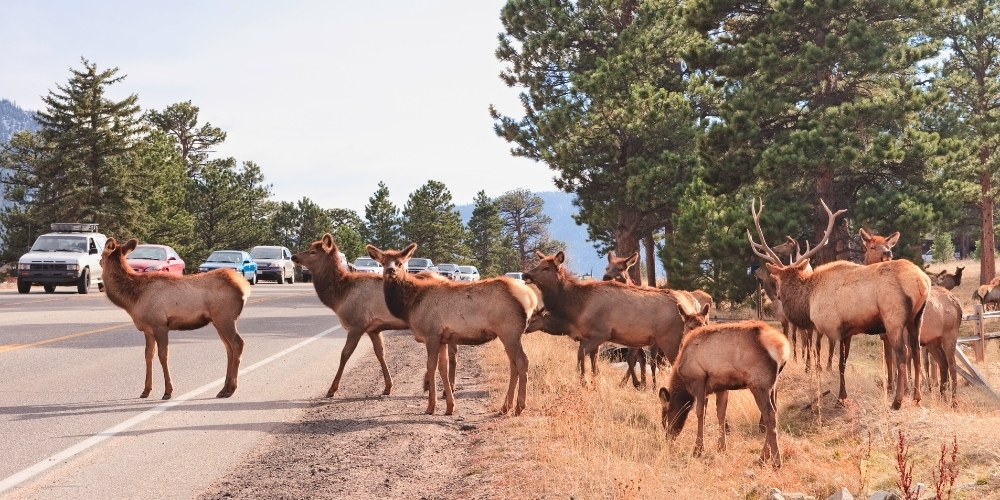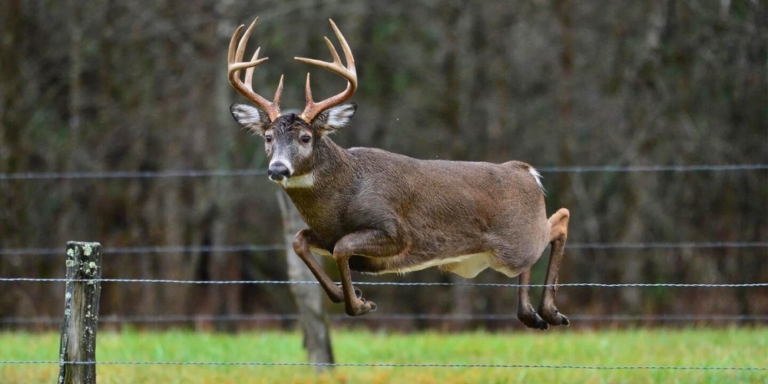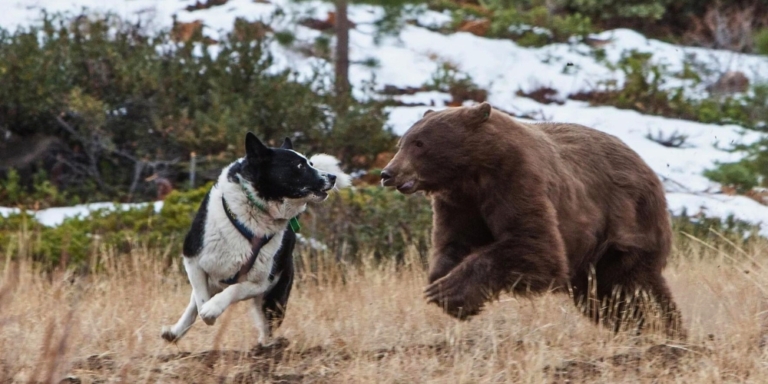The Trans-Canada Highway may unite Canada from coast to coast, but it’s also dangerous for wildlife, especially in the Bow Valley and Banff National Park. Crossing busy highways is no walk in the park; it can be a fatal journeyfor unlucky animals.
Dozens of elk are killed annually by vehicles on the Trans-Canada Highway. In 2019, a herd of seven elk was killed in a single accident after being hit by a transport truck.
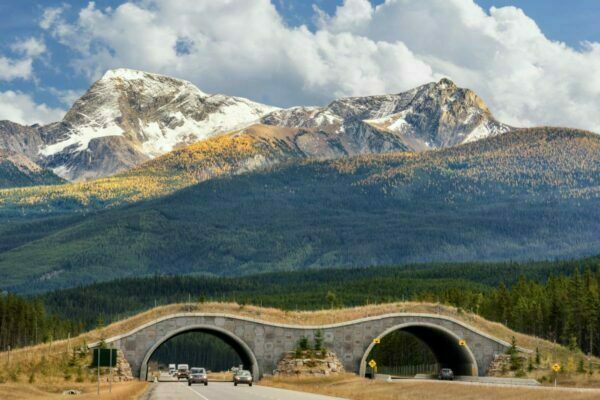
Alberta Transportation estimates that about 30,000 vehicles use the stretch of highway through the Bow Valley corridor and into Banff National Park daily.
“Hundreds of animals die on this highway every year as a result of motor vehicle collisions, and it has always been only a matter of time until a human being meets the same fate,” Miranda Rosin, a member of the legislature for Banff-Kananaskis, told The Globe and Mail.
The agency claims about 70 collisions involving animals occur yearly along the Trans-Canada Highway between the intersection with Highway 40 in Kananaskis and Banff National Park.
Since the 1980s, the Canadian government has set aside more than $400 million for projects that reduce wildlife collisions in the National Parks.
Parks Canada has used part of this money to fence off almost 200 kilometres of the highway and build wildlife crossings in Banff National Park.
Parks Canada’s wildlife crossings, including more than 40 underpasses and seven overpasses, have reduced wildlife collisions by more than four-fifths and almost entirely (96%) for elk and deer. We think that was money well spent!
Road Savvy Elk?
But according to a new study published in the Journal of Animal Ecology this summer, the Field elk herd in Yoho National Park, where there are no wildlife underpasses, overpasses or fences to protect them, often choose to cross the busy highway in search of tasty food.
The study titled Dynamic Balancing of Risks and Rewards in a Large Herbivore: Further Extending Predator-prey Concepts to Road Ecology found that elk were willing to risk their lives crossing the Trans-Canada Highway for higher quality food.
The study aimed to learn where elk graze for food, when they move between foraging patches, how they make those decisions, and what their migration and seasonal ranges are.
To get data, Parks Canada put GPS tracking collars on 14 female elk from the Field herd between October 2019 and November 2020, tracking each animal’s location hourly.
In total, the collared elk crossed the Trans-Canada Highway a whopping 3,400 times, averaging around 16 times per month. Even more impressive, none of the elk were hit or killed on the road. These are some road-savvy elk!
“We did find they’re balancing risks and rewards and adjusting when they cross the highway and where they cross the highway if that means that they can go to a foraging patch if there’s a lot of food,” lead researcher Marie-Pier Poulin from the University of Wyoming told the Rocky Mountain Outlook.
Get these elk to the casino!
Researchers believe the elk headed from the Kicking Horse Valley near Field to the Little Yoho Valley area every summer.
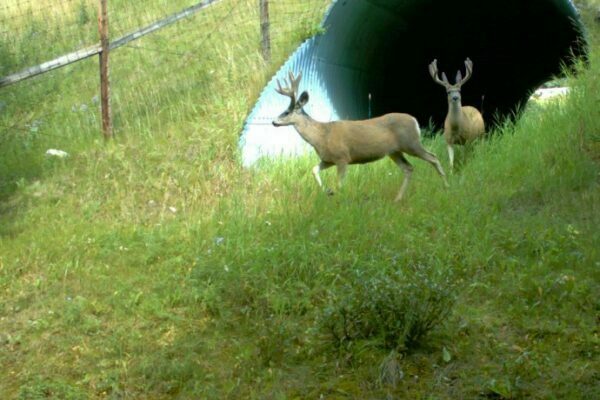
“We knew that they moved to higher ground in the summer, but we didn’t exactly know where they were going, and we didn’t know a lot about their specific habitat use in the winter either around the Field area,” said Seth Cherry, study author and Parks Canada wildlife ecologist with Lake Louise.
Elk herds move to higher elevations in the summer when food sources are abundant and lower elevations in the winter where the climate is milder, and snow cover is less deep. This makes it easier for the animals to find food and save energy.
Things are different in Yoho, where the winters are long, and the summers are short and cool. The study found that elk spent as many as 11 months of the year in the low-elevation winter range in the valley bottom near Field.
This range extends about one kilometre on each side of the Trans-Canada Highway. The elk arrive near the highway in September at the end of their fall migration and cross the road in June to higher elevations during their spring migration.
The animals generally avoided crossing the highway in the valley bottom but were willing to take the risk during the spring. This is likely because female elk have higher nutritional needs after the winter, especially leading into the spring calving season.
But elk crossing patterns on the Trans-Canada Highway could change with the planned twinning of the remaining 40-kilometre stretch of highway through Yoho National Park.
Twinning could result in changes to road layout, traffic volumes, and available wildlife habitat, making it difficult for elk and other wildlife to navigate the dangerous highway.
However, findings from this study will help researchers implement wildlife mitigation methods on the highway, like adding crossing structures and fences in appropriate areas and funnelling elk to their preferred food sources. It’s the equivalent of making a safe walkway over a freeway so we can quickly get to our favourite donut shop!

